The US model 1903 Springfield rifle was made in five major versions. New entrents to collecting American martial arms sometimes struggle to tell these very similar rifles apart, but actually it’s pretty easy. Here’s a Springfield cheat sheet to take with you to the fun show:
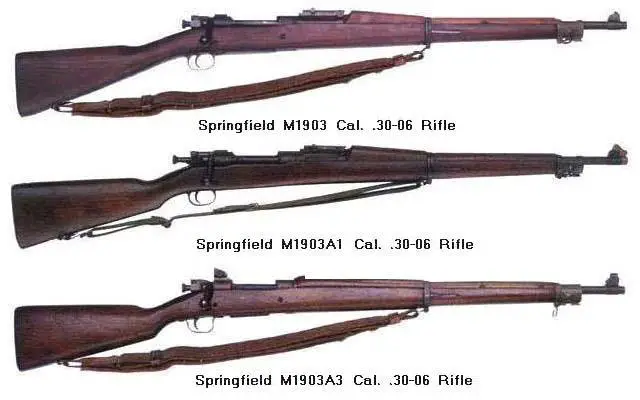
From GlobalSecurity.org. Note that the stock on the A3 is more commonly like the one shown on the A1.
- The US Rifle Model 1903 was originally made for the M1 Cal. .30-03 cartridge, and service rifles were rechambered to the improved .30-06. There were metallurgical problems with early serial number receivers and bolts, and firearms under number 800,000 from Springfield Armory and 286,596 from Rock Island Arsenal should not be fired, because those are the numbers beyond which improved heat treating methods are known to have resolved this problem. (The bolts aren’t numbered, but any bolt that has a handle “swept back” rather than bent at 90º to the bolt axis is good to go).
A few very early models had rod bayonets, and these were mostly converted to Model 1905 16″ knife bayonets after 1905 (at the insistence, we’ve noted, of Theodore Roosevelt) so they’re extremely rare. The rear sight was a ladder sight that went through several iterations, mounted forward of the front receiver ring. It could be used as an open tangent sight or raised and elevated for volley fire to ranges of almost 3,000 yards. A variant of the 03 called the US Rifle M1903 Mark I was adapted for use with the Pedersen device. Most of these were made in 1918-1919 and they wound up issued as ordinary 1903s. They are not especially rare, but make good conversation pieces. Another rare variant (illustrated) used the Warner & Swasey telescope commonly fitted to the Benet-Mercié “automatic rifle” — it had a terrible time holding zero, but that’s what American snipers had Over There.
- US Rifle Model 1903A1 is identical to the 1903, except for the stock, which has a pistol grip.
- US Rifle Model 1903A2 is another extreme rarity: a Springfield altered to be a subcaliber device for conducting direct-fire training on various artillery weapons on small arms ranges. The stock, handguards, sights were removed and the gun could be fitted into a 37 mm sleeve for use in a 37mm gun, or the 37mm adapter could in turn be fitted in a larger-caliber adapter for 75mm, 105mm or 8 inch (203mm) artillery. They were generally made from 1903s and will have the “A2″ notation hand stamped after the 1903 on the receiver ring. A brass bushing on the muzzle, just under an inch (0.994”) in diameter, adapted the bare barreled action to the adapter. A few have the A2 electro-penciled in place, it would take a Springfield expert to tell you if that’s authentic (the example Brophy shows is stamped). Most of the A2s were converted back into ordinary rifles, surplused, or scrapped at the end of the war as the Army had abandoned subcaliber artillery training.
- US Rifle Model 1903A3 is a wartime, cost-reduced version of the 1903A1. Remington had been tooling up to make the 1903, not for the US, but in .303 for the British. WIth American reentry into the war, Remington converted back to making a simplified 1903. The A3 reverts to the straight (no pistol grip) stock, uses a stamped trigger guard, and has a ramp-mounted peep sight like the one on the M1 Carbine. This sight is simpler than the Rube Goldberg arrangement on the 1903, and actually has greater accuracy potential thanks to around 7″ greater sight radius. It is the version most commonly found on the market, and was carried by soldiers in the first months of the Pacific War, and by Marines for longer. Until a working grenade launcher was developed for the M1 and issued in late 1943, an Army rifle squad armed with M1s still had one or two grenadiers armed with M1903A3s and grenade launchers. By D-Day, most combat units had the M1 launchers. Remington (and Smith-Corona) produced 1903A3s from 1941 to February, 1944.
- US Rifle Model 1903A4 is a 1903A3 fitted with a Weaver 330C or Lyman Alaskan 2 ½ Power optical sight. The Weaver sight is 11 inches long and adds a half-pound to the weight of the rifle, bringing it to a still very manageable 9.7 pounds. The Lyman is a tenth of an inch shorter and a 0.2 pounds heavier (the Lyman was very rare in service compared to the Weaver). Both have an eye relief of about 3 to 5 inches. Very late in the war, the M1C came into service, but the 1903A4 was the Army’s primary sniper rifle throughout the war. Note that several vendors have made replicas of the M1903A4, some of which (like Gibbs Rifle Company’s) are clearly marked. All 1903A4s were made by Remington.
There you have it — the main variants of the Springfield Rifle in a short and digestible format.

Kevin was a former Special Forces weapons man (MOS 18B, before the 18 series, 11B with Skill Qualification Indicator of S). His focus was on weapons: their history, effects and employment. He started WeaponsMan.com in 2011 and operated it until he passed away in 2017. His work is being preserved here at the request of his family.

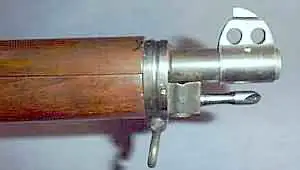
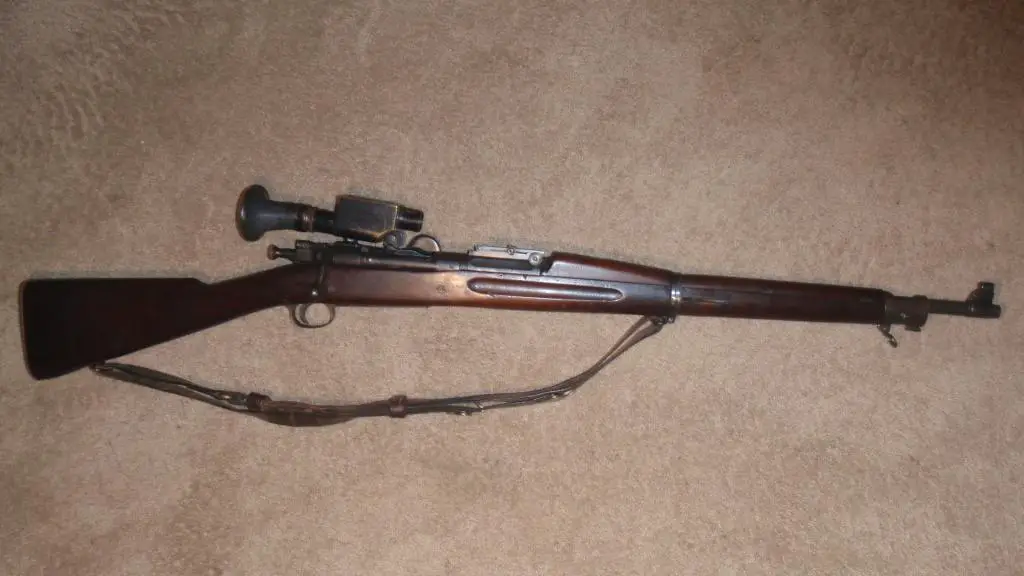
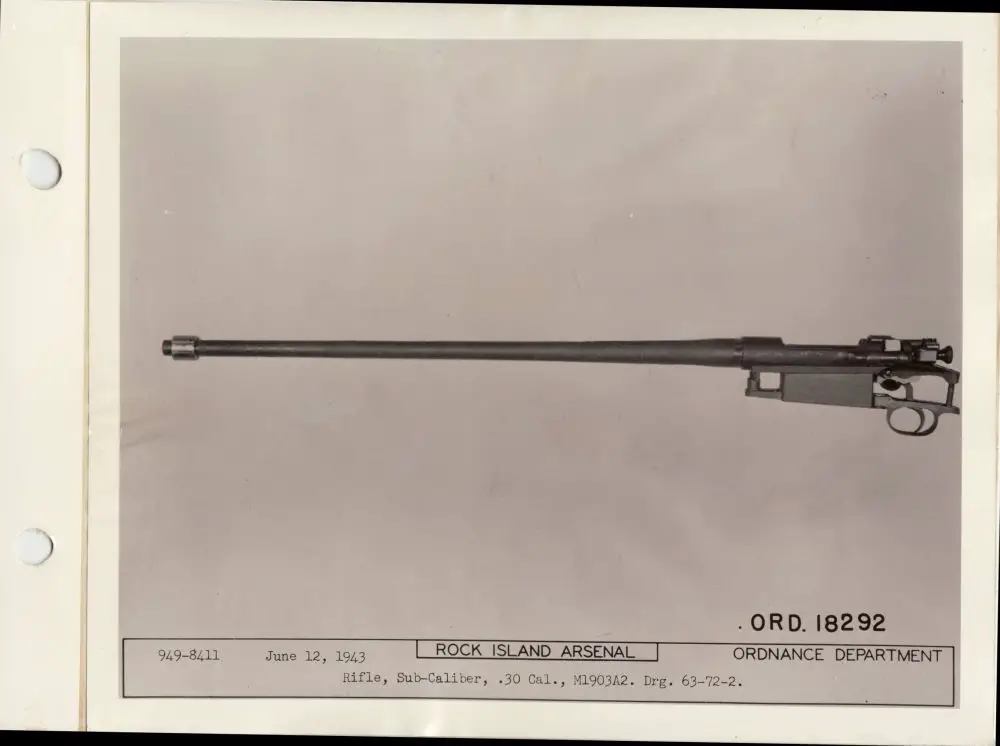
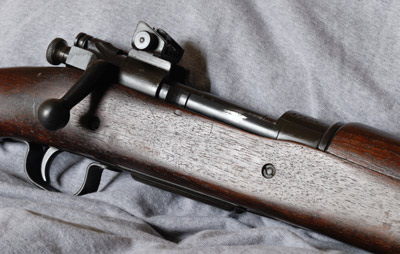
5 thoughts on “Springfield Rifles: What’s the Difference?”
And if you perchance fire a box or two of ammo out of any of them wearing just a t-shirt, you’ll be a man, my son.
And gain a whole new appreciation for why a WWI infantryman had on undershirt, wool shirt, field blouse, and greatcoat.
Shop I have mentioned repeatedly also had 10 years ago a practically NIB looking .22 trainer Springfield on the rack. Quick search of the online auctions I seen one for $1500. I have a sporterized Rock Island, gorgeous gun with a funky scope mount that wont let me update very easily, but the gun is accurate even with the mil barrel.
Don’t know how I missed this but CMP has trolled the bottom and come up with one, right now sitting at 1600$
http://cmpauction.thecmp.org/detail.asp?id=2094&n=Springfield-Armory-Model-1903-1430533
Except for the last one, these all look remarkably similar to K98’s..
The resemblance isn’t accidental. The US considered a Mauser in 1890-91 (and some huge quantity of other repeaters — 60 or so) and chose the Norwegian Krag-Jorgensen because it had a superior magazine cutoff, preventing soldiers from “wasting” ammo by firing it at the enemy. (Can’t have that! Heaven forbid). It was the first US small caliber smokeless-powder rifle. All was fine and good until we faced Mauser-armed Spaniards in the Spanish-American War. The US stomped the weak Spanish Empire, but nobody at the sharp end had any illusions about who had the better rifle. Much like Smith & Wesson’s first (Sigma) reaction to the Glock, the US’s reaction to the Mauser was, “Copy the &$%^!!” It helped that the VP who became President on McKinley’s assassination was Theodore Roosevelt, a combat vet of the Spanish-American War.
When the Mausers discovered they’d been ripped off, they sued, and the US settled (I believe) and paid royalties, up until the declaration of war in 1917.
So yeah, it looks a lot like a Mauser. The 1917 Enfield and its P13 and P14 forebears were Mauser knock-offs, too, but Mauser never sued over them.